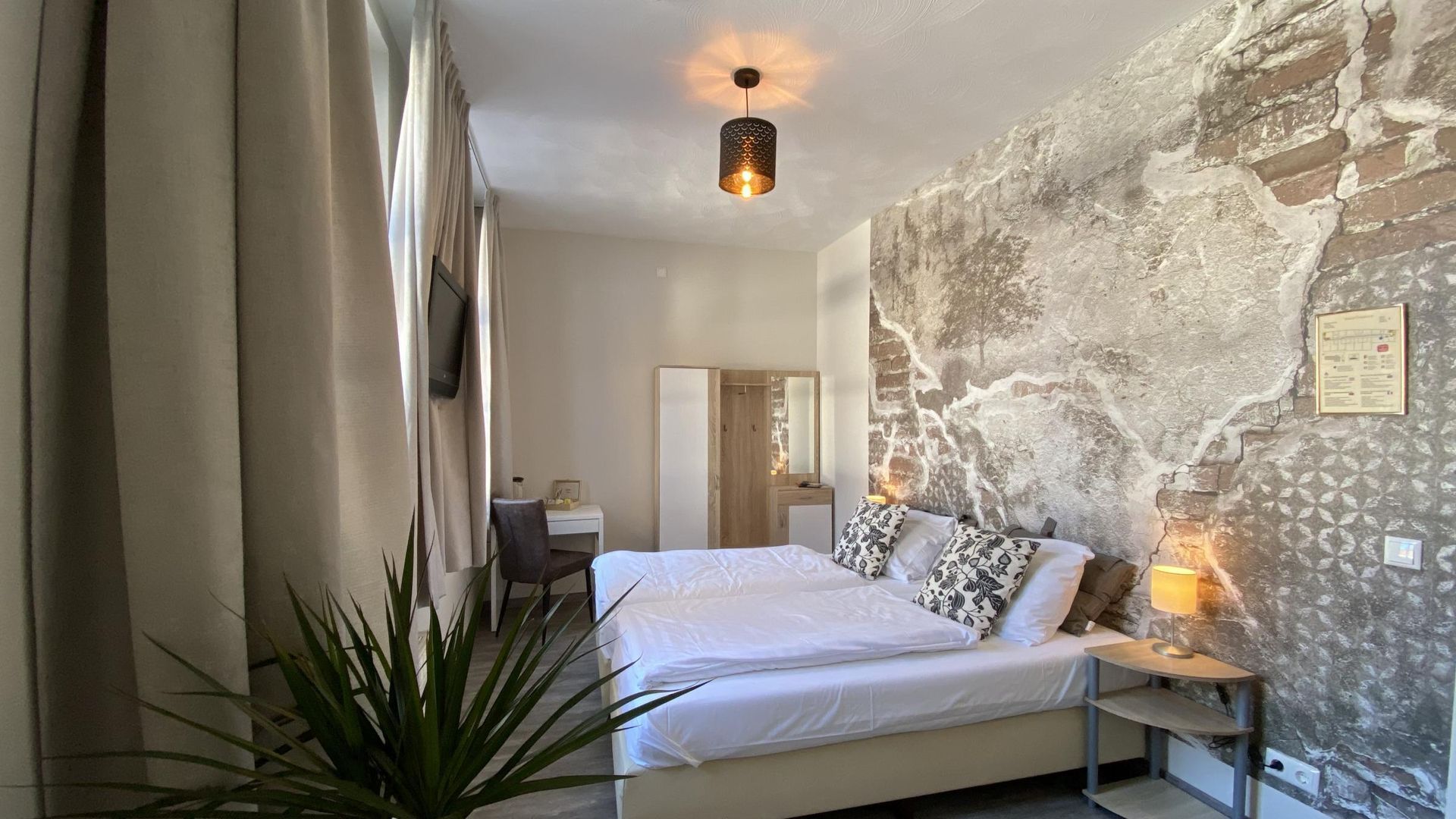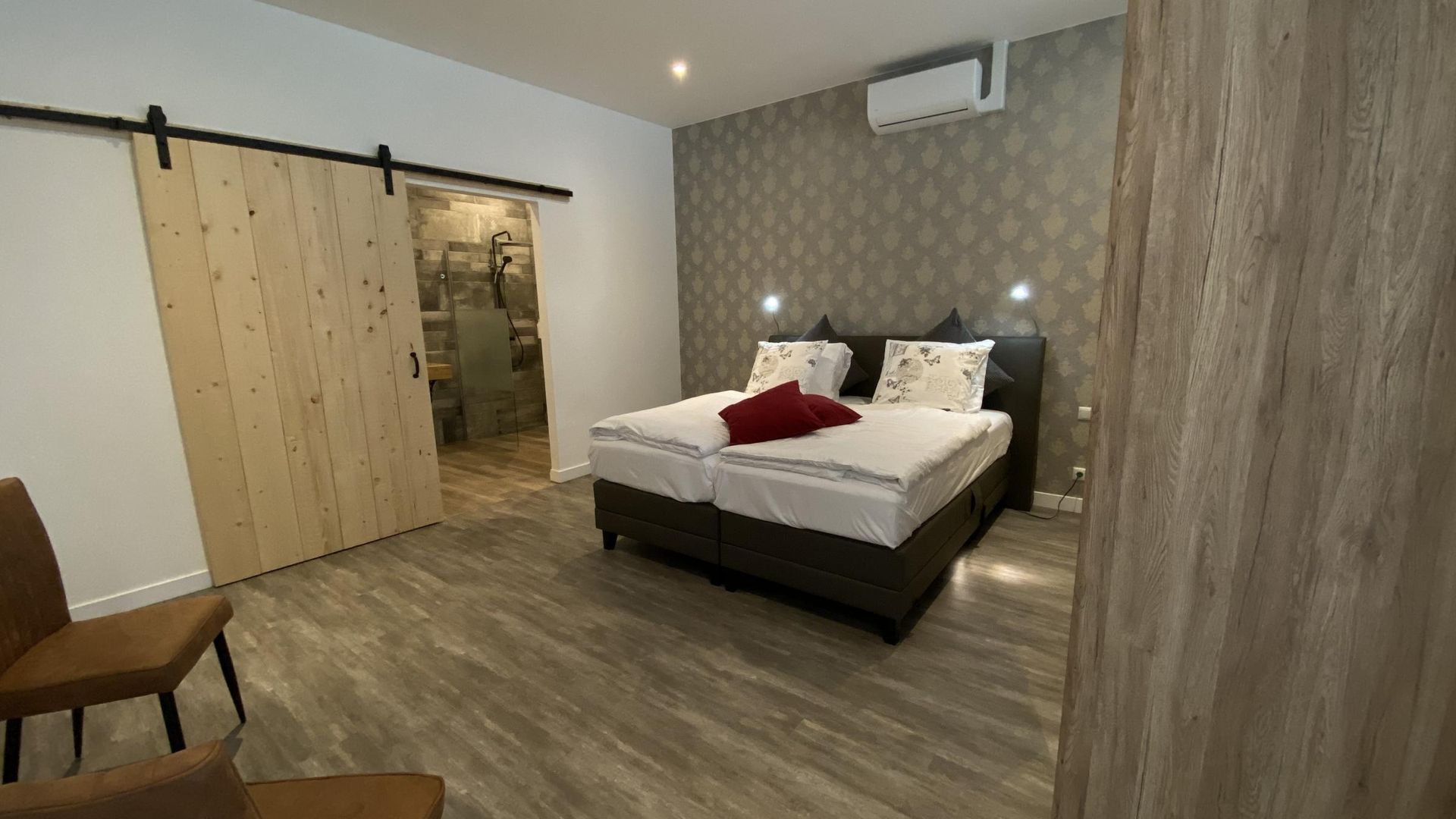Thorn
The beginnings of Thorn begin with the founding of a family monastery by Count Ansfried and his wife Hereswind. They appointed their daughter Benedicta as the first Abbess. The foundation and construction of the monastery and the Abbey Church took place between 985 and 995.
Thorn is a secular monastery. Monks were allowed to manage their own property, maintain contact with their family, and leave the monastery if a suitor presented themselves. The number of canonesses in our monastery ranged from 10 to 20. They held a vast dispersed estate of land in Thorn, Landgraaf, Ȕbach-Palenberg in Germany, Maasmechelen in Belgium, and areas between Geertruidenberg and Baarle-Hertog. Everything a monastery needed was cultivated here with the help of serfs. To assist the Abbess, she hired Canons (priests). They performed religious ceremonies, managed the staff, and helped the Abbess manage the monastery.
From the 13th century onward, only very high-ranking noblewomen were allowed to live in this monastery. They had their own residence, but slept in the monastery.
Between the 14th and 18th centuries, many canon and canonesses' houses were renovated, enlarged, and embellished. To hide the traces of these renovations, the houses were eventually whitewashed. A white building also conveyed a certain status.
Under the reign of Emperor Karel V and his successor Ferdinand, Thorn became a small principality from 1586 onwards. The Abbess became a Duchess of the Empire, and the principality, with its 4,000 inhabitants, occasionally played an important role in European politics.
Until the French occupation of Thorn in 1794, the Abbesses and residents of Thorn lived together in peace and prosperity. Many of the Abbey's buildings were demolished between 1806 and 1810, and the parish church (where the cemetery now stands) was demolished in 1814. The Abbey's church, "De Abdijkerk" (The Abbey Church), was spared.
In the first half of the 19th century, a quarter of the population needed poor relief. Many men left for the Ruhr region in Germany to work, and daughters were employed as housekeepers for wealthy women in Antwerp.
After the First World War, mining in Limburg started again and busloads of Thorner men went to work in, for example, the Maurits State Mine in Geleen.
From 1952 onward, Thorn was regularly in the spotlight as journalists wrote about our beautiful, unique town. With the help of the Mayor, various organizations, local residents, and businesses, some 100 monuments were restored. Many day trippers came to visit Thorn. The restoration of the old town center was finally completed in 1985.
For guided tours:
Tourist Information Thorn, Wijngaard 14, 6017 AG Thorn, Telephone: 31(0)475 561 085 www.vvvmiddenlimburg.nl
Tour Thorn Guides Team, Molenweg 1a, 6017 BM Thorn, Telephone: 31(0)620838458 www.toertjethorn.nl






